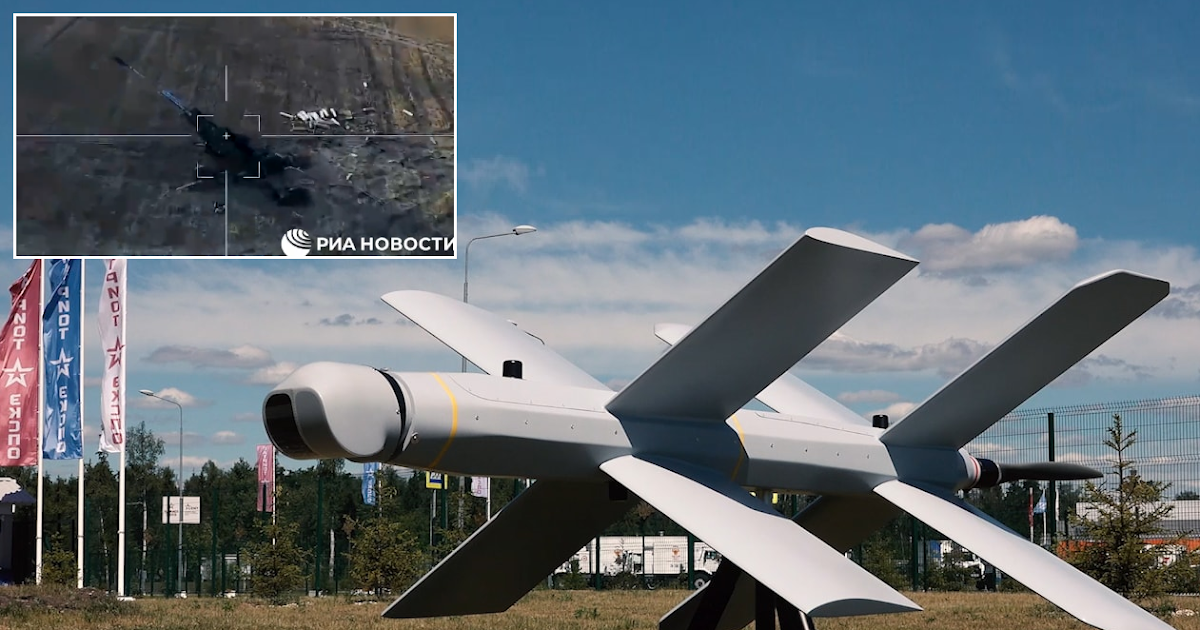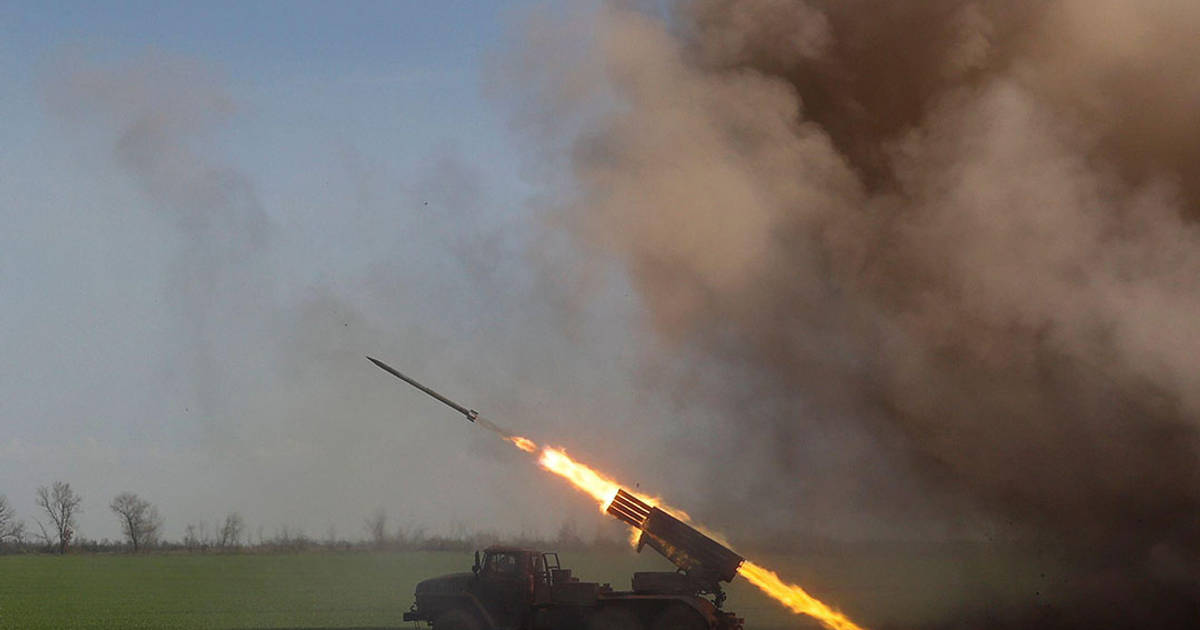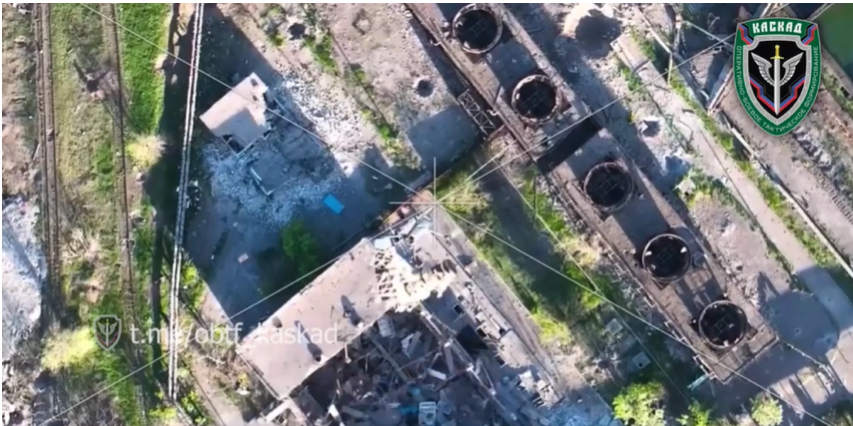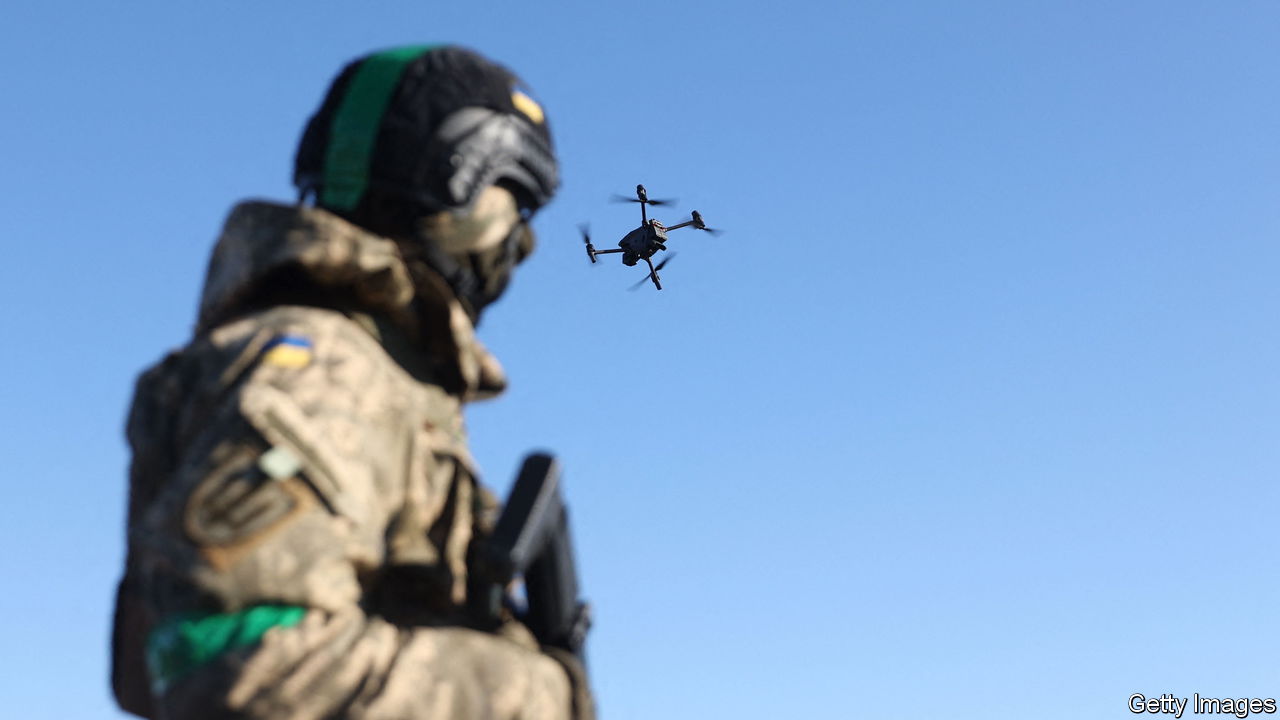Summaries
- Uncrewed aerial systems (UAS) and counter-UAS (CUAS) are essential across all branches and at all echelons. Although critical to competitiveness by providing situational awareness, 90% of UAS employed are lost. For the most part, UAS must be cheap and attritable. For land forces, they must be organic to units for the purposes of both situational awareness and target acquisition. The primary means of CUAS is EW. Another critical tactical requirement is to be alerted to the presence of UAS.... For the RAF, the provision of look-down sensing to locate UAS to contribute to air defence is critical. This allows defensive resources to be prioritised on the right axes.
- The force must fight for the right to precision. Precision is not only vastly more efficient... Precision weapons, however, are scarce and can be defeated by EW. To enable kill chains to function at the speed of relevance, EW for attack, protection and direction finding is a critical element of modern combined arms operations...
- For land forces, the pervasive ISTAR on the modern battlefield and the layering of multiple sensors at the tactical level make concealment exceedingly difficult to sustain. Survivability is often afforded by being sufficiently dispersed to become an uneconomical target, by moving quickly enough to disrupt the enemy’s kill chain and thereby evade engagement...
Events
...Russia set up EW complexes with up to 10 complexes per 20 km of frontage. Collectively, these complexes effectively disrupted navigation along the front, and conducted direction finding to direct artillery and electronic attack against Ukrainian aircraft and UAVs. The use of UAVs during this period deserves special consideration. As the war became dominated by artillery duelling, the importance of rapid target acquisition increased. The narrowing of the contested front and concentration of artillery also offered fewer opportunities for human reconnaissance. Both sides used UAVs extensively throughout the conflict. These ranged from commercial and adapted quadcopters at tactical echelons to fixed-wing reconnaissance UAVs such as the Ukrainian SKIF and Russian Orlan-10. The latter two were especially valuable because they could fly at medium altitude, were too cheap to be economical targets for air defences and provided extensive imagery to enable rapid and responsive fires...
Despite the importance of UAVs to remaining competitive, their attrition rates were extremely high. Of all UAVs used by the UAF in the first three phases of the war covered by this study, around 90% were destroyed. The average life expectancy of a quadcopter remained around three flights. The average life expectancy of a fixed-wing UAV was around six flights. Skilled crews who properly pre-programmed the flight path of their UAVs to approach targets shielded by terrain and other features could extend the life of their platforms. However, even when UAVs survived, this did not mean that they were successful in carrying out their missions...In aggregate, only around a third of UAV missions can be said to have been successful. Here, the Orlan-10 should be singled out in terms of its utility because the cheap platform nevertheless had a high performance and proved difficult to counter, although its inertial navigation makes insufficient account of windage. Even the Russian military, however, found that it did not have enough of these platforms to sustain the loss rate during the battle in Donbas.
Recommandations
UAS should be split into three broad categories for land forces. The first are rotary-type UAS able to manoeuvre close to the ground and in complex terrain, fielded across all manoeuvre formations for the purposes of route proving, reconnaissance, situational awareness, target acquisition, fire correction, and a wide range of other tasks. The second are fixed-wing UAS able to fly at medium altitude into operational depth and perform a single task, whether that be target acquisition or direct effects. Where multiple effects are required, this can be achieved by flying complexes of multiple UAS of this type. These should be used by units able to affect what they find, either reconnaissance units or artillery. Both the first and second category of UAS must be cheap and available in quantity. The third category comprises platforms carrying higher echelon sensors...
The lack of loitering munitions able to target air-defence radars has been noted as a critical deficiency in the UAF that would have enabled much more aggressive air operations...
Countering UAS has proven no less important across all domains. For land forces, tactical sub-units must first have a means of detecting the presence of hostile UAS. Frontages must be covered by the means of defeating enemy UAS. Defeating UAS does not mean kinetically destroying them. It simply means denying the UAS the ability to achieve its mission. This could be done through the dazzling of sensors, or denial of navigation or control. The most efficient protection against UAS is EW and ensuring that electronic attack and electronic protection is available at all echelons.
There is, nevertheless, a need for kinetic defeat of some kinds of UAS, especially those penetrating operational depth to conduct target acquisition or loitering munitions. It is highly inefficient to have dedicated CUAS batteries in addition to air-defence batteries. Nevertheless, the munitions that air and missile defence batteries employ do not make CUAS missions economical. The answer must be the provision of intermediate munitions that can draw on the common air picture and guidance available to air-defence units but without the cost associated with munitions that must catch and defeat more complex targets. Point defence for critical sites is also an enduring requirement given the ability for long-range UAS to fly below the radar horizon on complex preprogrammed routes and thereby reach static targets in operational depth.
...The 2022 invasion therefore provides a better canvas to assess the impact of EW on militaries with appropriately resilient systems, and tactics, techniques and procedures. The effect is not EMS denial. Limitations of power, the tactical necessity to manage signatures and the consequences of EMS fratricide all mean that even forces with large EW capabilities cannot achieve blanket denial across large geographic areas for a sustained period. Denial can be achieved for a short period, or across a limited geographic area. Targeted denial can be delivered for a sustained period over a wide area. However, any kind of targeted denial of bands of the EMS can be evaded through altering frequencies or bearers. The result is that EMS interference and disruption is continual, but denial is limited....








